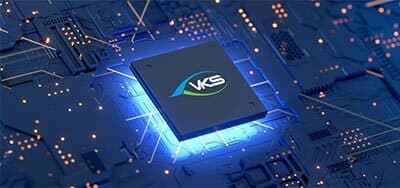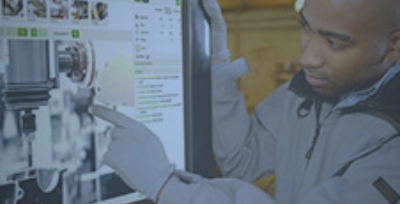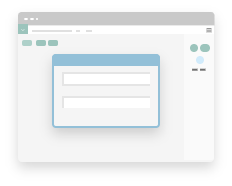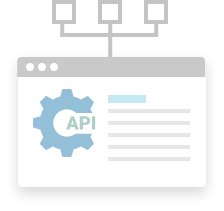Why is The Connected Worker Important?
Due to the rise of e-commerce and advancing technology, the global market demands more complex and differentiated products. With manufacturing complexity steadily increasing, profit margins become tighter and tighter.
However, by enhancing the capabilities of their workforce through connected worker technology, manufacturers can uncomplicate their productions and maximize their savings.
One of the main ways manufacturers are implementing connected worker technology is by collecting their organization's tribal knowledge and digitally sharing it with the complete workforce.
Connected workers are confident in their abilities regardless of their experience level because they have a connected worker platform that digitally presents the right working methods in a step-by-step guidebook.
How Does Connected Worker Technology Work?
Connected worker technology, such as work instruction software, achieves high levels of efficiency through two main functions:
- Automated actions
- Cyber-physical interactions
First, the connected worker platform connects to the worker through automatred processes like collecting data, sending information, entering part numbers, etc. While employees follow their work instructions, the connected worker platform reacts to the events of the production line and the actions of the operator.

In the case of data collection, the application can seamlessly communicate with your ERP and BI software via an API. The operator does not need to manually relay data or information. The connected worker platform is taking care of it.
Secondly, our work instruction software connects with the worker through intelligent interactive methods. These include:
Smart Tools: Connected smart tools such as smart torque wrenches enable connected workers to capture key data, gain advanced knowledge, and error-proof processes with every work-related interaction. Through the capabilities of ToolConnect IoT, workers are connected to their software without ever having to touch their computer screen.
Smart Forms: These forms provide connected workers with a quick and easy way to share additional insight and knowledge with the team and operation. The information captured in smart forms is collected and sent to the appropriate groups.
Dynamic Guidance: Based on operator inputs, VKS work instructions, and our rule engine will bring the operator to the next appropriate step in their guidebook or open the required smart forms. This interactivity enables guidebooks to be responsive to the situation at hand.
Visual Interaction: Since people assimilate visual knowledge first, visually interacting with your software is a powerful method to connect with the worker. Instead of requiring the worker to scan, read, and sift through instructions, they can see the work in front of them and follow the actions on the screen.
These methods streamline interaction and turn the connected worker and their software into a well-founded team. Both the person and their connected worker technology have specific duties and responsibilities that aid in achieving a strong operation.












